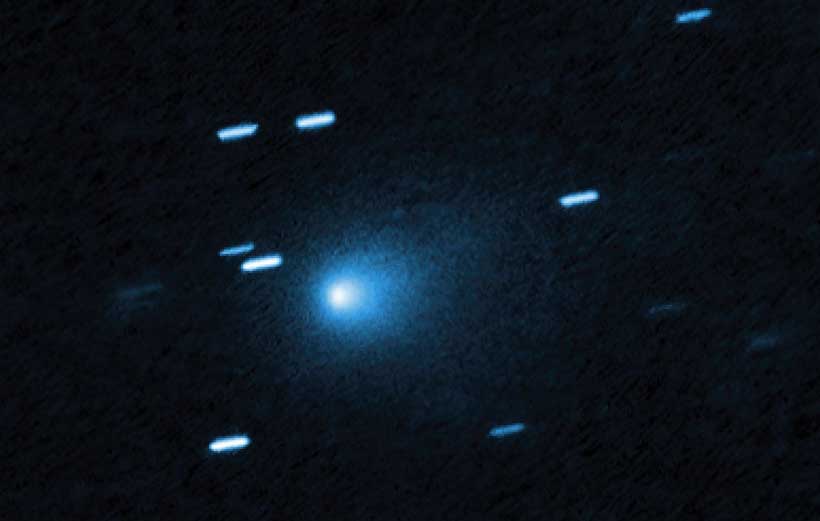Interstellar 31/Atlas: NASA Unveils New Images
NASA will release new images on Wednesday of an interstellar object called 3I/ATLAS, identified as a comet likely older than our solar system. 3I/ATLAS was first discovered in July by an ATLAS telescope in Chile and has been monitored since due to its unique path through the solar system. NASA confirmed that it poses no threat to Earth, passing no closer than 170 million miles away. It came within about 19 million miles of Mars last month.
During a briefing in Greenbelt, Maryland, NASA officials, including Amit Kshatriya and Nicola Fox, will discuss 3I/ATLAS and share the new images. This comet is believed to have formed over eight billion years ago, making it older than our solar system, which is around 4.5 billion years old. 3I/ATLAS is only the third interstellar object ever observed, following 1I/’Oumuamua in 2017 and 2I/Borisov in 2019.
Researchers found that 3I/ATLAS consists of materials similar to known comets, with carbon dioxide, water, carbon monoxide, and other molecules detected. Some nickel has also been observed, reminiscent of previous comets. The comet is now leaving the solar system after its closest approach to the sun in October, with its closest pass to Earth expected next month.
Some speculation suggested that 3I/ATLAS could be alien technology due to its characteristics, but most experts reject this idea. Researchers emphasize that the object’s behavior aligns with what is expected from a natural comet influenced by the sun’s gravity. University of Hawaii astronomer Larry Denneau stated that all evidence supports the conclusion that 3I/ATLAS is a natural object, not an alien spacecraft.
With information from Reuters
